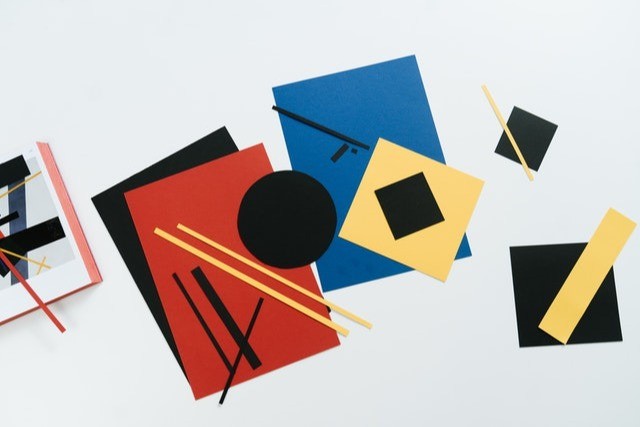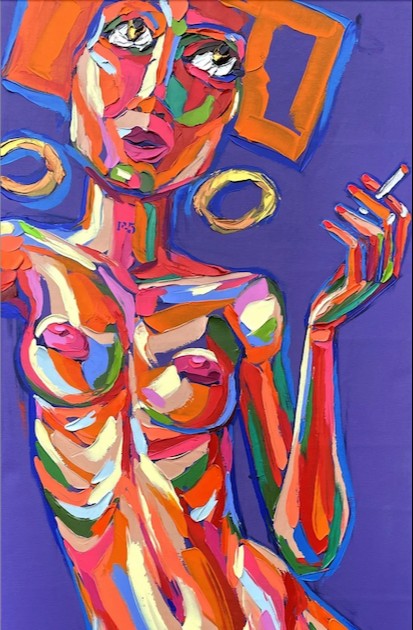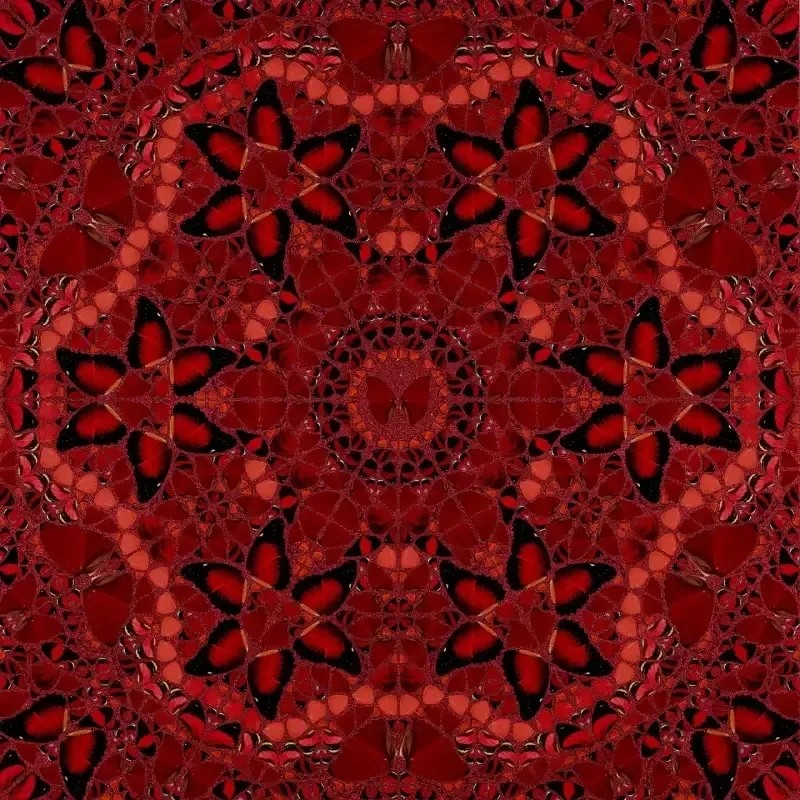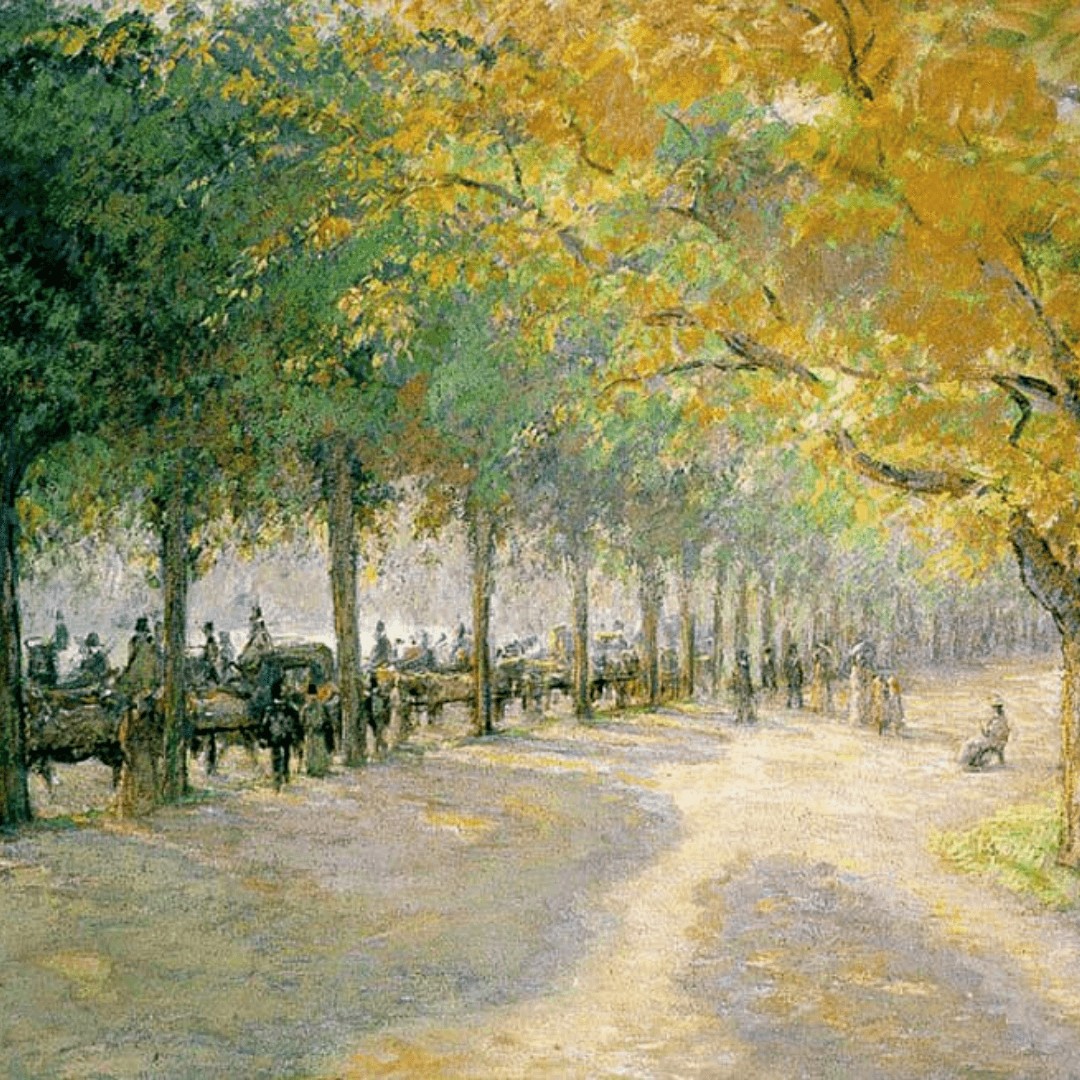The impact of political changes, economic reforms, and abuse of power on the movement of people is timeless. And in all times, visual artists and intellectuals play a key role in this. They typically seek an environment they perceive as supportive and inspiring. Around the First World War, the rise of Lenin in Russia, and the National Socialism in Germany, they choose freedom and move to cities where they can safely continue to develop. Thus, art becomes a fusion of international influences and the result of multiple thoughtful perspectives. The forerunners of this development are called avant-gardists.
'Avant-gardists are combative, want to provoke, and the shock effect is their strongest weapon.'
The term avant-garde is first used in Cabaret Voltaire in Zurich (founded in 1916), where writers, painters, philosophers, and theater makers come together who adhere to the Dadaist ideology. The originally French military term - for the scouting vanguard - is then increasingly focused on the pioneers within the visual arts.
In fact, the Impressionists set the tone first by turning against recognized classical academic art and playing with light, color, and perspective. The Pointillists, such as George Seurat and Paul Signac, and the first (individual) Expressionists, including Paul Gauguin, Vincent van Gogh, and Paul Cézanne, then take this further. They are at the forefront of modern art.
Avant-garde meaning
Avant-garde is the collective term for progressive, often small groups of intellectuals and artists who elevate artistic autonomy and original innovation to a higher level. They often share quasi-political, utopian ideas about the relationship between art and society. Avant-gardists often express their feelings, aversion, or ideas. They are combative, want to provoke, and the shock effect is their strongest weapon. Think of the initial reactions to the new works of painters from art movements such as Expressionism, Fauvism, Cubism, Futurism, Constructivism, Suprematism, Dadaism, and Surrealism.
'Representatives are labeled as recalcitrant, excessive, and controversial.'
In avant-garde painting, artists transcend all boundaries of the status quo. However, it is not a specific art movement, but a general trend that strongly manifests itself in the first half of the twentieth century.
Representatives are labeled as recalcitrant, excessive, and controversial. They initiate a revolutionary innovation, experiment with new art forms, and a combination of disciplines. This is because they are inspired by like-minded individuals active in literature, architecture, music, film, theater, and modern dance, among others. For the first time, we also see close collaborations between left-pacifist artists who retest and redefine norms and values.
Intellectual and emotional involvement
Due to the broader perspectives, avant-garde art removes art from its traditional context. Rigorously. Art, life, and the spirit of the times require an open mind, intellectual and emotional involvement. The boundaries between disciplines begin to disappear. Idea and impact are more important than the appearance, and the execution is not fixed. Thus, the first steps are also taken towards conceptual art, in which form (process and execution) plus content (concept) are more important than the ultimate result.
'Artists have it in their nature to continue innovating, to keep searching for new paths.'
The revolutionary movement brings cultural renewal in the broadest sense of the word. Although avant-garde art is past its climax after the New York Stock Exchange crash in 1929, the period until 1940 is later referred to more often as the 'historical avant-garde'; the radical, noisy period.
Artists have it in their nature to keep innovating, to keep searching for new paths to surpass themselves time and time again. But that is of a different order than the avant-garde urgency between the two world wars.
Opposing the elite
In the mid-1950s, the original intellectual idea revives completely in a group of young artists (The Independent Group). Their sensational exhibition 'This is Tomorrow' makes a big impact. Like their (old) inspirators, these later avant-gardists translate their feelings into color, form, and texture. In various ways - by using printed media, film, photos, silkscreens, and spray cans - these artists once again oppose the elite. They want to make pop art: popular art.
In this time, within contemporary art, the themes of avant-garde art are still relevant. Among promising street artists, including Vhils aka Alexandre Farto, who believes that change is necessary and wants to make the public aware of it. Vhils - who believes that destruction is a form of construction - believes that we, as part of society, are composed of social and historical layers. By eliminating the upper layers, we may achieve a more pure form. In his work, he removes these layers with chisels, hammers, drills, etching acid, bleach, and so on. Through a unique combination of contemporary sculpture and graffiti art, he creates beautifully poetic murals (usually portraits).
'Like their (old) inspirators, these later avant-gardists translate their feelings into color, form, and texture.' Jimmy Nelson also tries to make everyone aware with his original, compelling art photography. With the magical power of surrealism, he presents social-critical subjects, poignant situations, and characteristic people in a very special way. In his view, it's about capturing the soul in the photo. The knowledge, the strength, the authenticity. That is art, he believes, because it makes people think.
Crispy White's ingenious collage technique also forces the viewer to look further, to investigate. The work, which remains intriguing, from a distance, is reminiscent of the aforementioned pointillism. Only up close can one see with how much patience and dedication he gives depth and 'hidden' messages to his work. White has a pronounced personal vision, which he likes to keep pure. Pure. He pays no attention to the status quo.
The same applies to the energetic Bram Reinders. His work testifies to the relativity of all hypes, advertising, and perhaps life itself. By playing with this, Reinders expresses his social, ironic passion for the contemporary world of which he is also a part. In Reinders' eyes, the truth has become a (seductive) product.
Avant-garde painting
AbrahamArt, the largest gallery in the Benelux, with locations in Amsterdam and Eindhoven, has works from both emerging talents and established names in contemporary art in its collection. Like the avant-gardists, some are far ahead of their time and are well worth a visit.
Buying, renting, or leasing art is good for your health. Both physically and mentally. Art stimulates our happiness hormones. Regardless of execution, form, or recognizability, looking at art promotes the production of dopamine and endorphins.
The best way to evaluate a work of art before making a purchase is, of course, the place it is ultimately intended for, so trial placements can be arranged for free and without obligation. AbrahamArt works with a beautiful art lease formula, a combination of renting and saving for individuals. An attractive art lease formula has also been created for the business market.





